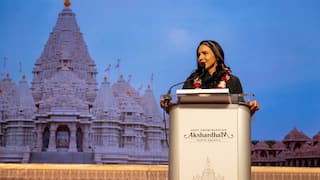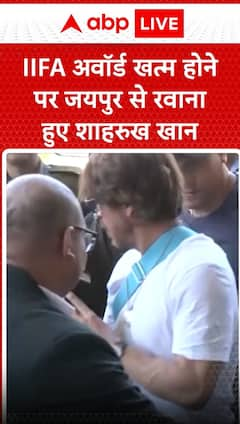How Footballs Are Made And Know Where Most Of Them Come From
Footballs manufactured for the FIFA World Cup 2022 are hand stitched which make them durable and offer aerodynamic stability.

Football fever is at its peak as the FIFA World Cup 2022 has kicked off. Millions of fans from across the world have descended in Qatar to watch the magic of stars like Lionel Messi and Cristiano Ronaldo. But these iconic players would not have been able to create the wizardry on pitch without the right soccer ball.
Ever imagined where soccer balls are manufactured? More than two-thirds of the world’s soccer balls are made in Sialkot, a city in northeast Pakistan. The city has around 1,000 factories involved in manufacturing soccer balls that includes the Adidas Al Rihla, the official ball of the 2022 FIFA World Cup in Qatar, according to a report by Bloomberg.
The soccer ball manufacturing business in the city employs around 60,000 people, or about 8 per cent of its population. In fact, Pakistan exported more than 37 million soccer balls globally ahead of the last World Cup in 2018, according to a report by Business Insider.
The history of producing football goes back to the late 19th century, when the Britons living in this region wanted to play football but were impatient to wait for the soccer balls to come by sea from Britain asked the local craftsmen to make them.
Manufacturing of soccer balls
More than 80 per cent of the soccer balls manufactured in Sialkot go through a laborious process where it is hand stitched making the ball durable and offering aerodynamic stability. It is because seams are supposed to be deeper, and the stitches have greater tension than those done by machines.
In the manufacturing process, workers use adhesive to textile materials, forming part of the soccer ball’s synthetic leather. The components of the synthetic leather made mostly from cotton, polyester and polyurethane are assembled from different countries. While Chinese materials are used for the cheapest balls, South Korean components are used to produce higher-quality balls. In fact, balls going for the German Bundesliga or other European leagues, the components are used from Japan.
A traditional soccer ball usually comprises 20 hexagons and 12 pentagons joined by 690 stitches. But soccer balls are now largely pieced together with hot glue, a process called thermo bonding. Such balls are supposed to be of high quality and cheaper to produce. However, it is more expensive to transport because they can’t be deflated or repaired, unlike a stitched ball.
Finished soccer balls undergo rigorous testing to meet FIFA standards. The ball in the manufacturing city also goes through a sphericity test to analyse the perfect roundness for true flight, bounce and movement.
Trending News
Top Headlines











































